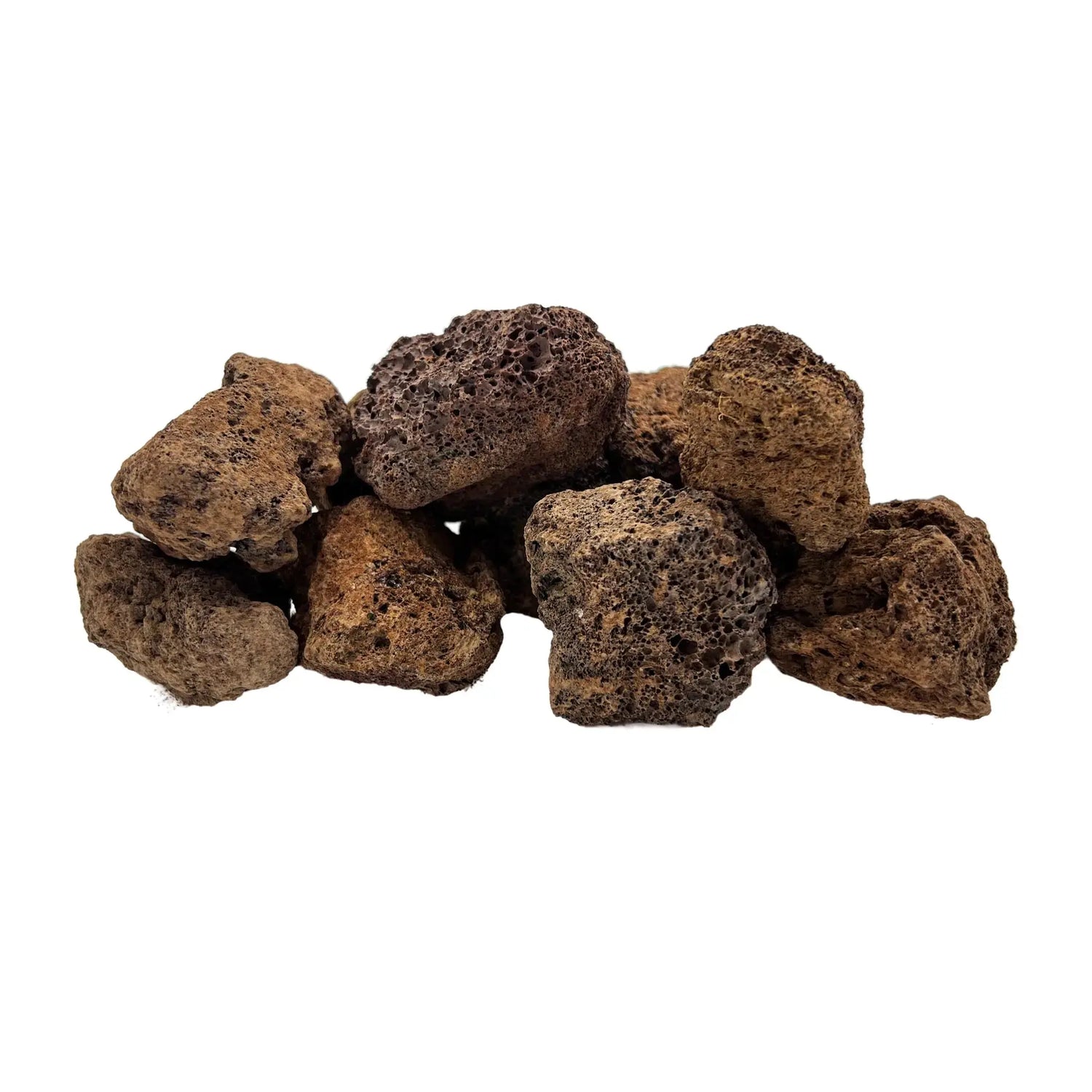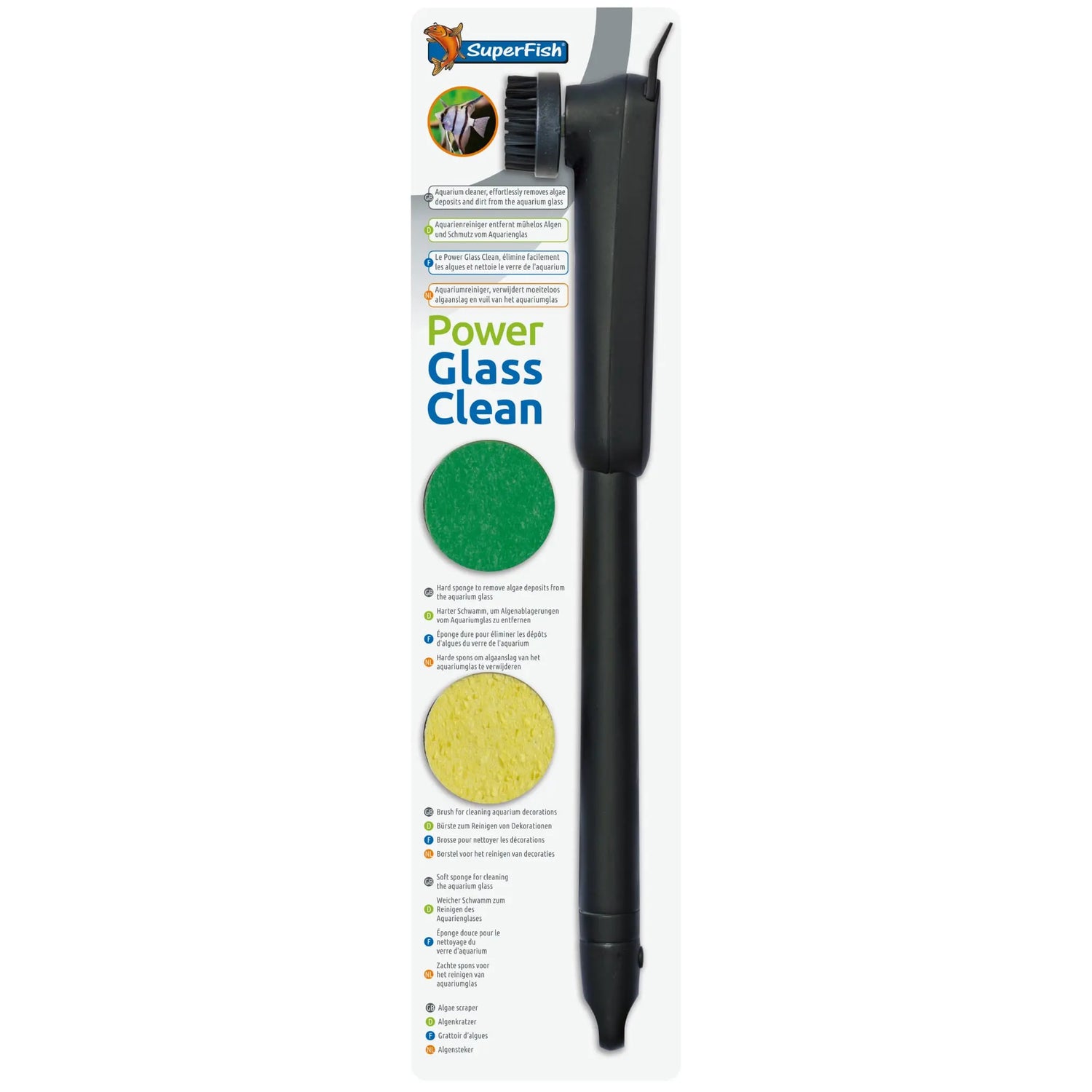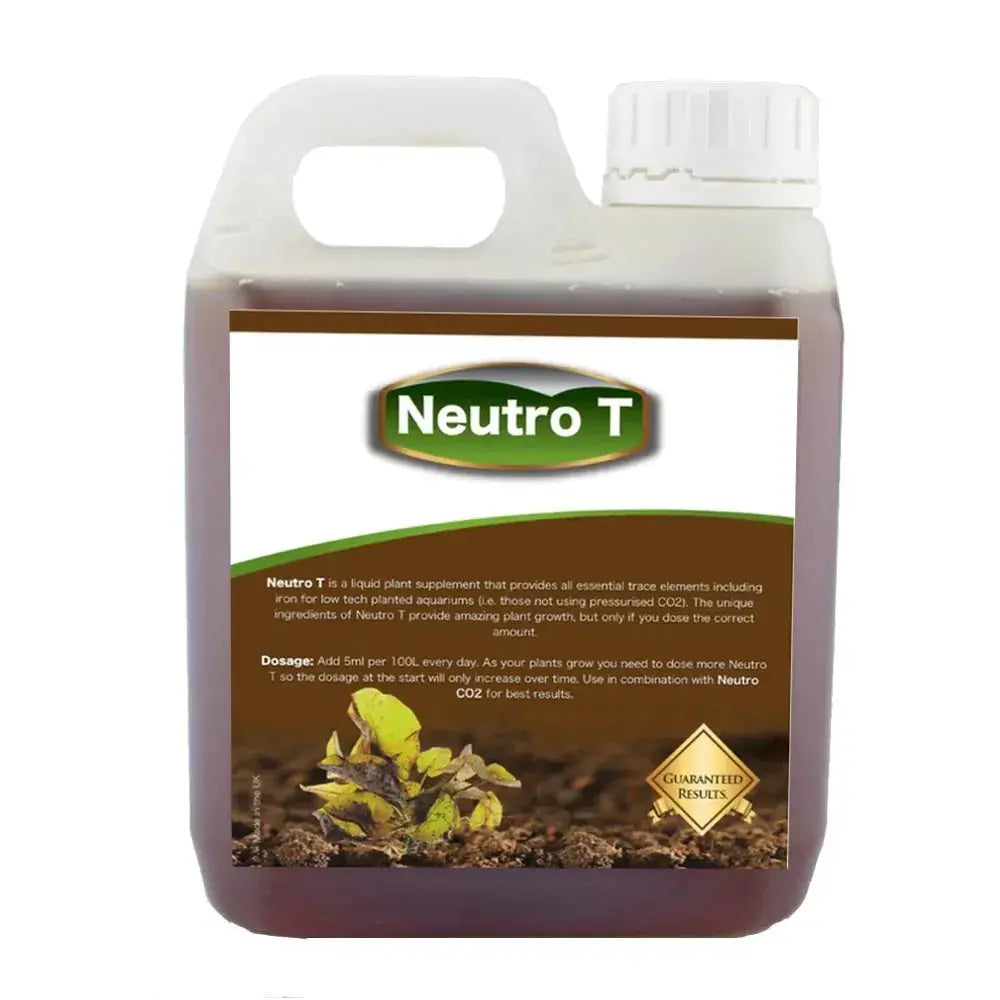So what are they all about? Nearly all plants need a type of gravel or substrate to grow in. It’s required to anchor plants down and in some cases to provide nutrients to the roots of plants. It’s also used aesthetically so when we look at our aquarium - it looks nice! Below I summerise what the difference between the two are and how they are used.
Gravel. There are hundreds of different types of gravels available to hobbyists and similarly the same with substrates but what is the difference between the two? Gravels are very much what you expect them to be. Rock particles which have a diameter of 3-25mm - if you’re wanting to use it for your planted aquarium, the ideal size is 3-5mm. Any smaller than this (i.e. if you use sand) and you can get pockets of anaerobic areas where there’s insufficient water flow.
Gravels come in all sorts of shapes and sizes but contain no nutrients; some need washing and some will only need rinsing depending on the instructions. Some will effect your water parameters (such as pH). On the whole I recommend you opt for natural gravels - one which hasn’t been dyed in any way. Unipac do a great selection of natural gravels. Be careful with gravels that look natural but are in fact coloured glass. Whilst they are safe for use within planted aquariums, fish which burrow or that skim along the gravel like corydoras will ware their barbels down. Natural gravels will not have that sort of effect. You can see our range of gravels here.
Substrates. A substrate is very similar to a gravel but there is one fundamental difference and that is the nutrient content. Substrates have minerals and nutrients embedded in them thereby providing plants with all the goodness they need from day one. This is the major advantage over gravels. Substrates are produced in different colours and each will have a different effect on the water. On the whole most tend to lower the pH levels, along with KH (carbonate hardness) and GH (general hardness). This makes them ideal for using in planted aquariums as plants prefer slightly acidic water conditions where the pH is just under 7 (6.8 is perfect). Substrates rarely require topping which means that once you place them in your aquarium, you won’t need anything else on the base - typical examples of this are Eco Complete, Seachem Flourite and Naturesoil. Plants can be planted directly into the substrate with relative ease. The picture above demonstrates this perfectly - the dark coloured substrate (Naturesoil in this instance) has been used and plants become established quickly, grow rapidly, healthily with no algae. As technology improves more and more manufacturers are realising the importance of substrates. The most popular type that is currently available is called NatureSoil by world famous Aquascaper Oliver Knott. If you want your plants to have the best start, this substrate comes highly recommended. Not only that but it’s perfect for beginners to experts and requires no topping and sets your water parameters to the ideal levels. However if you do have a particular gravel that you want to use, opt for Tropica Plant Substrate. Place this on the bottom of your aquarium and simply top with your chosen gravel.





